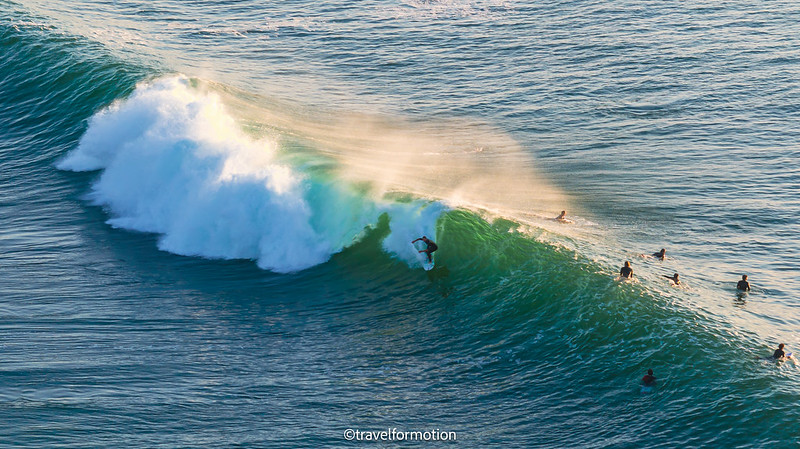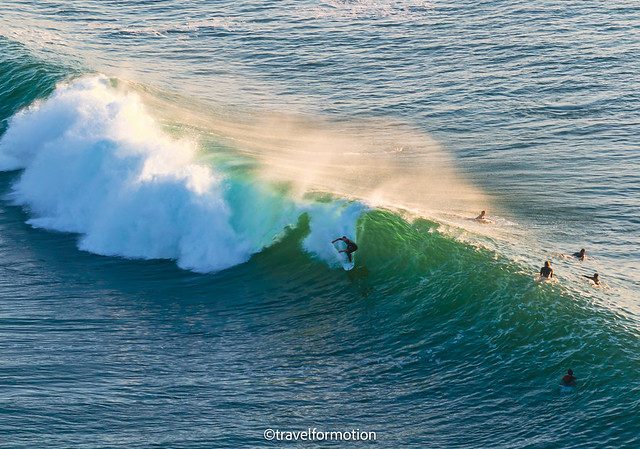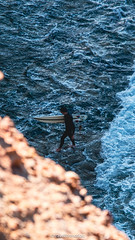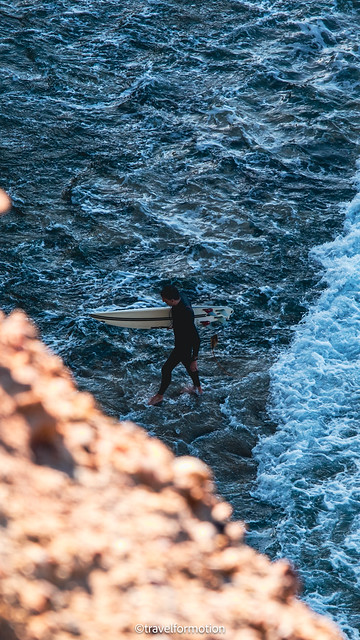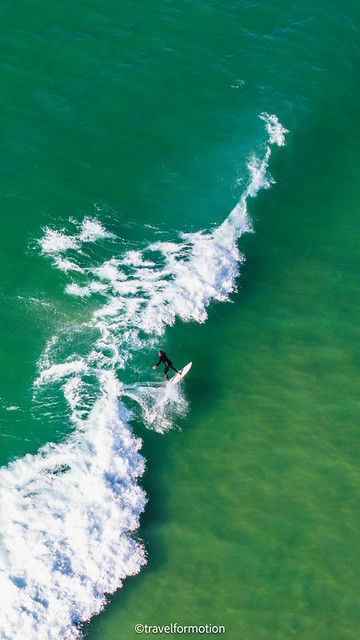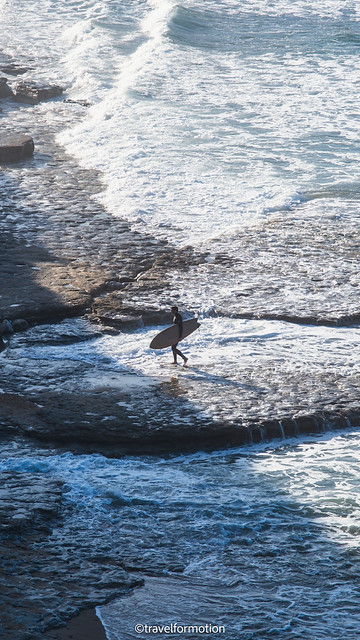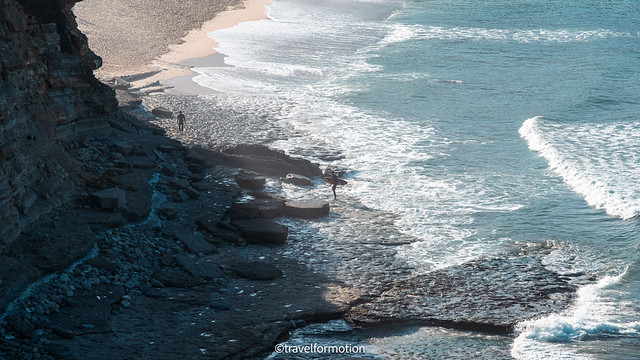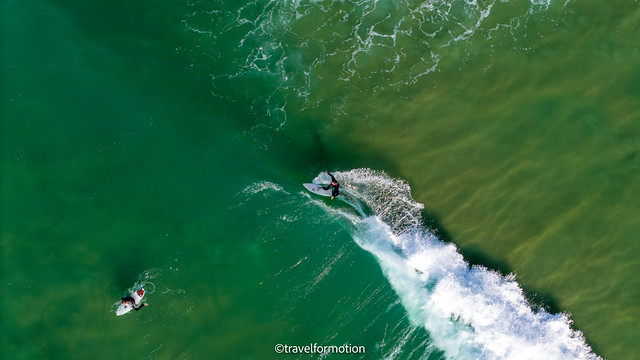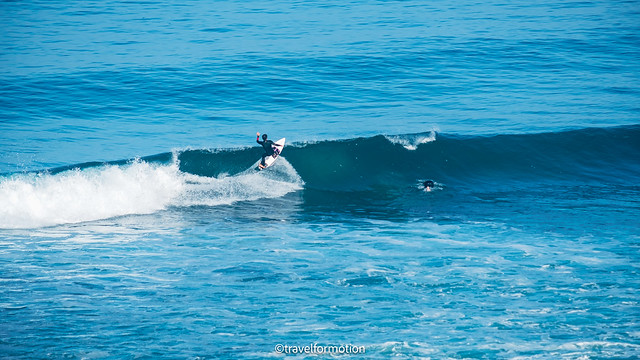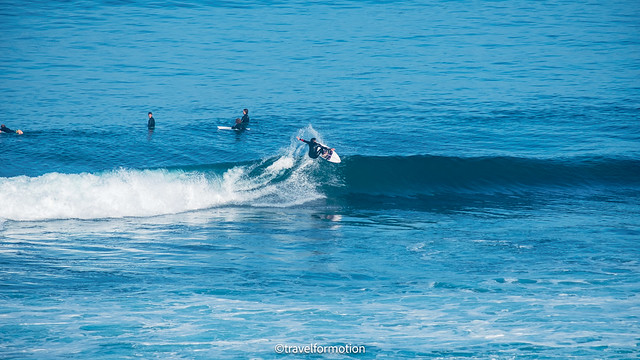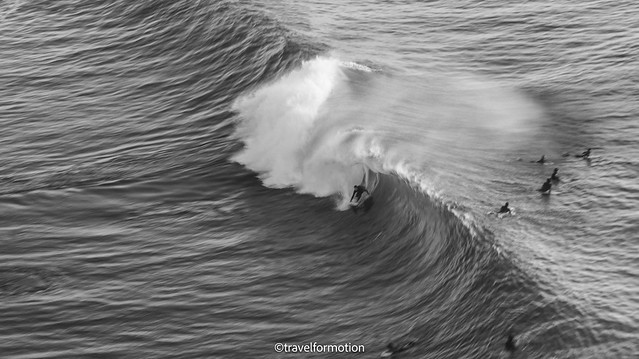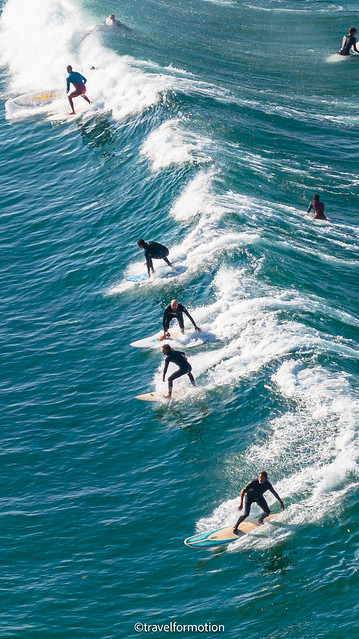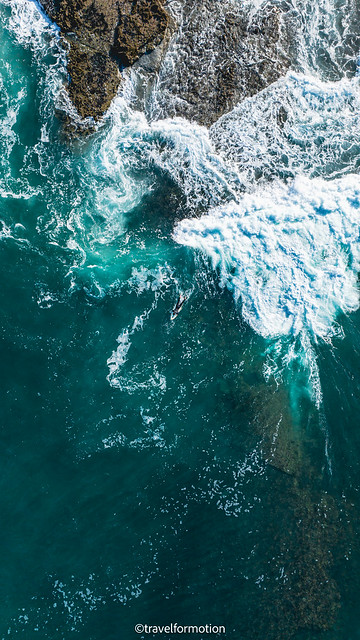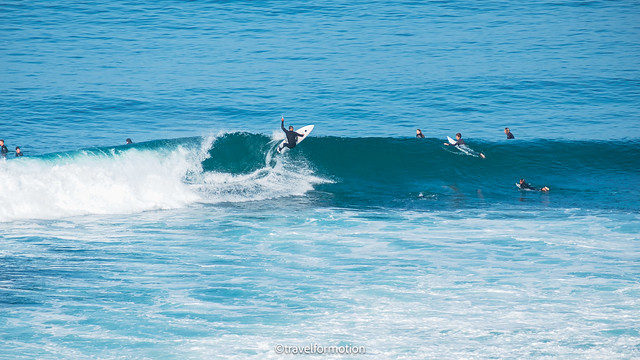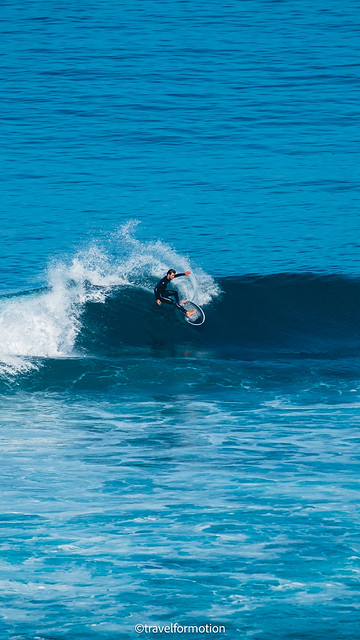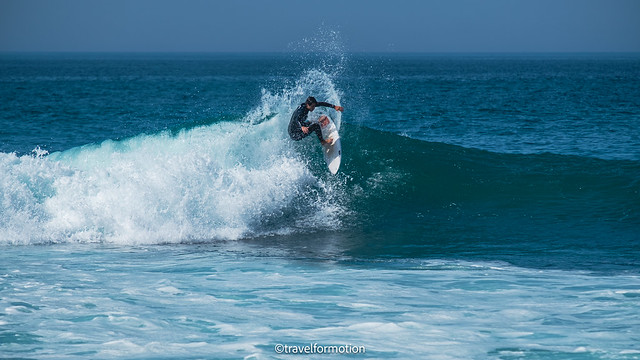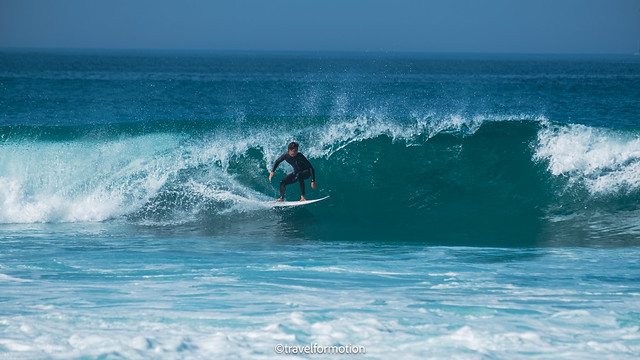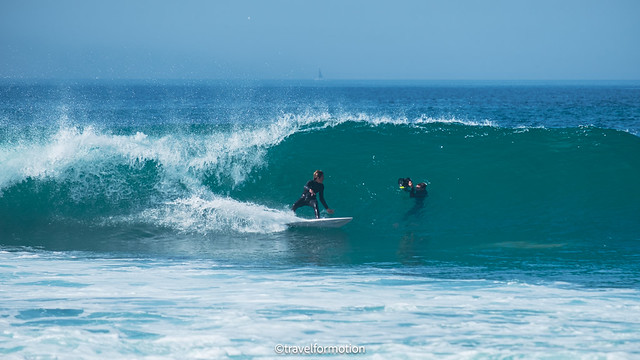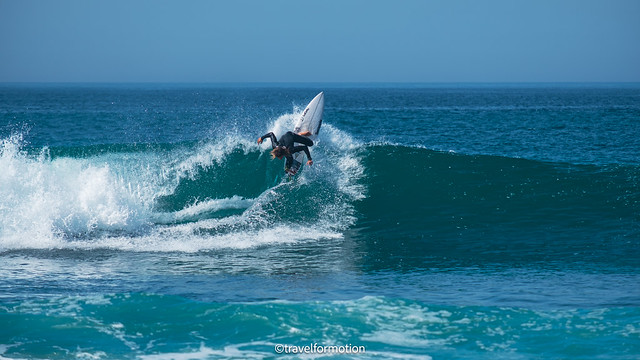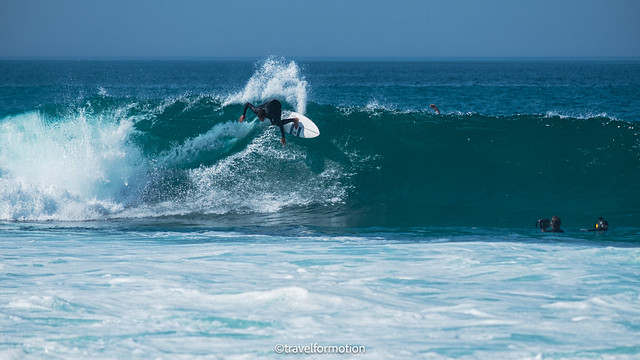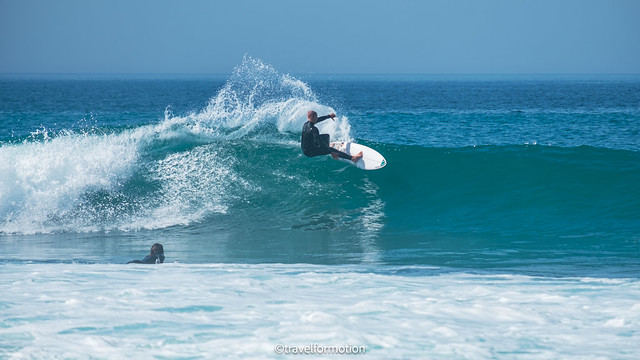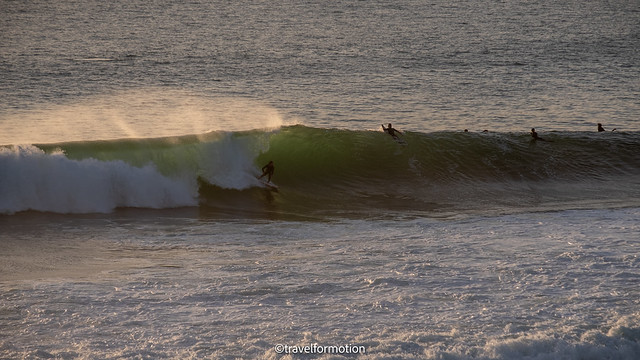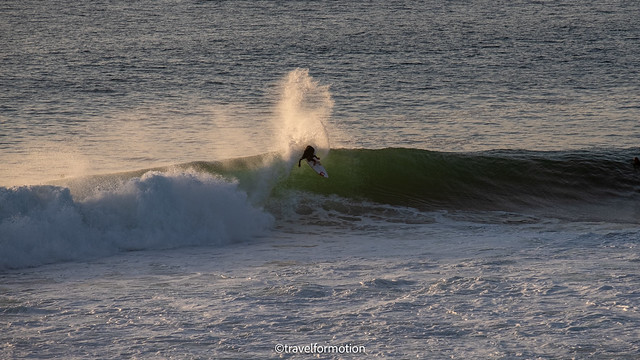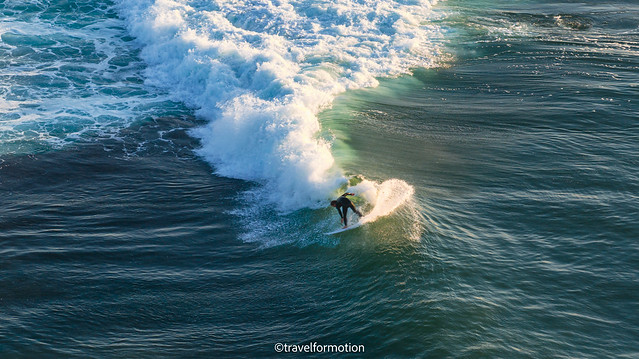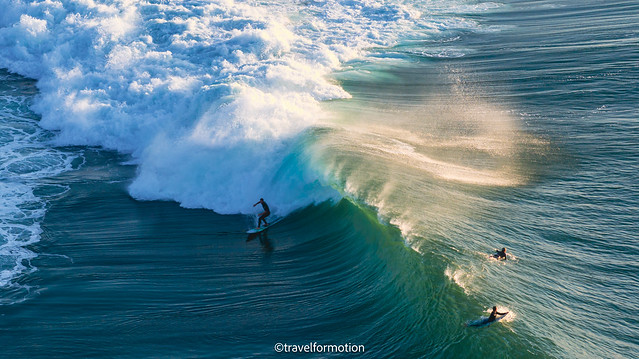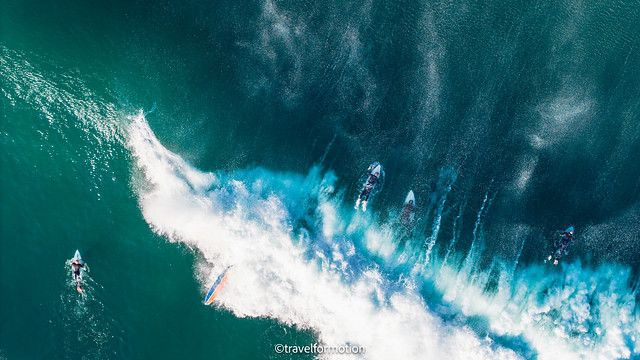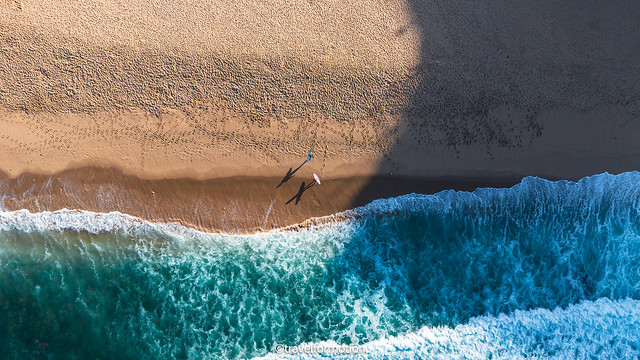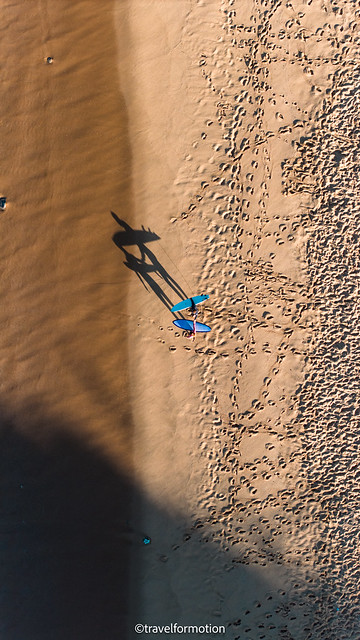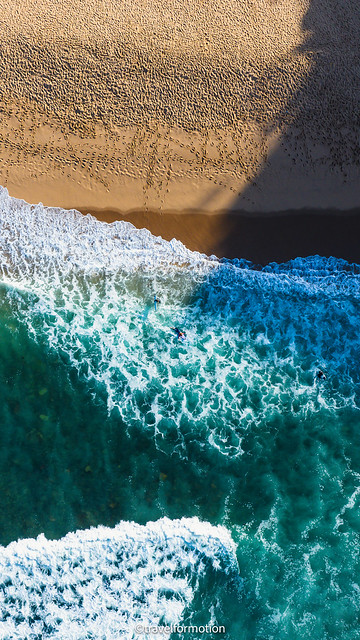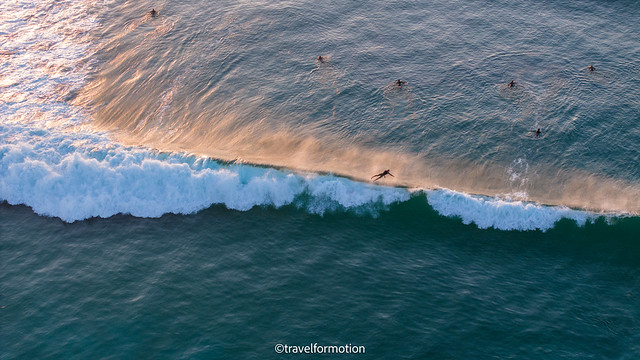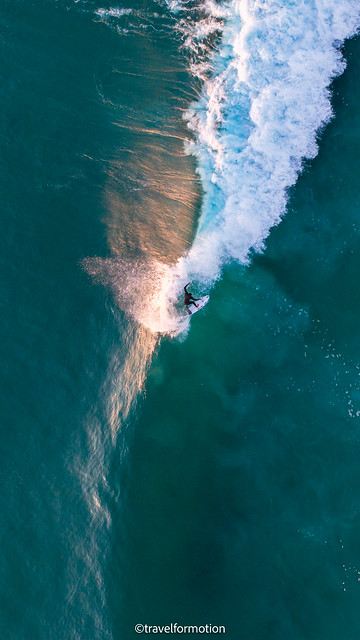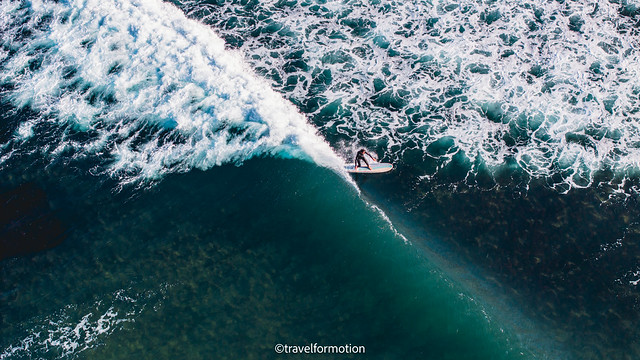After the city trip in Lisbon, we went to the best surfing beaches in Europe. Meanwhile, there was the international competition in Ericeira. Finally being able to practice surf photography a bit. It’s not that easy, especially with the drone, here are some tips:
Photographing surfing can be an exhilarating and challenging experience, as it requires capturing fast-moving subjects in dynamic and often unpredictable conditions. Here are some tips to help you get great surf photos:
1. Use the Right Equipment:
– A DSLR or mirrorless camera with a fast burst mode and good autofocus capabilities is ideal. A telephoto lens (200mm or longer) can help you get close-up shots from a safe distance.
– A waterproof or weather-sealed camera and lens is a plus, as you’ll be near water.
2. Understand the Surfing Environment:
– Study the surf spot, tides, and local conditions to know when the best waves are expected.
– Pay attention to surfer behavior and wave patterns to anticipate the action.
3. Choose the Right Location:
– Position yourself on the beach or in the water to get the best angle. Being in the water with the surfers can provide unique shots, but it can be more challenging.
4. Set the Right Camera Settings:
– Use a fast shutter speed (1/1000s or faster) to freeze the action.
– Open your aperture for a shallow depth of field (f/4 or lower) to blur the background and isolate the subject.
– Adjust your ISO to maintain proper exposure. Lower ISO settings (100-400) are ideal in good lighting conditions.
5. Focus and Autofocus:
– Use continuous autofocus (AI Servo on Canon, AF-C on Nikon) to track moving surfers.
– Use the central focus point to ensure accurate focus.
6. Timing and Anticipation:
– Anticipate the surfer’s movements. Try to capture the moments just before and after they catch a wave, as well as the ride itself.
– Be patient and take multiple shots to ensure you get the best action.
7. Composition:
– Use the rule of thirds to create visually appealing compositions.
– Include the wave and the horizon for context.
– Experiment with different angles, like shooting from low or water level.
8. Safety:
– Be aware of your surroundings and the ocean conditions. Stay safe and don’t put yourself or your equipment at risk.
9. Post-Processing:
– Edit your photos to enhance color, contrast, and sharpness.
– Crop and straighten as needed to improve composition.
10. Practice and Patience:
– Surf photography can be challenging, so practice is key. Don’t get discouraged if your initial shots are not perfect.
– Learn from your mistakes and adapt to different conditions.
Remember that surf photography can take time to master, so be patient and keep improving your skills over time. Additionally, always respect the environment and surfers’ space while capturing these thrilling moments.
